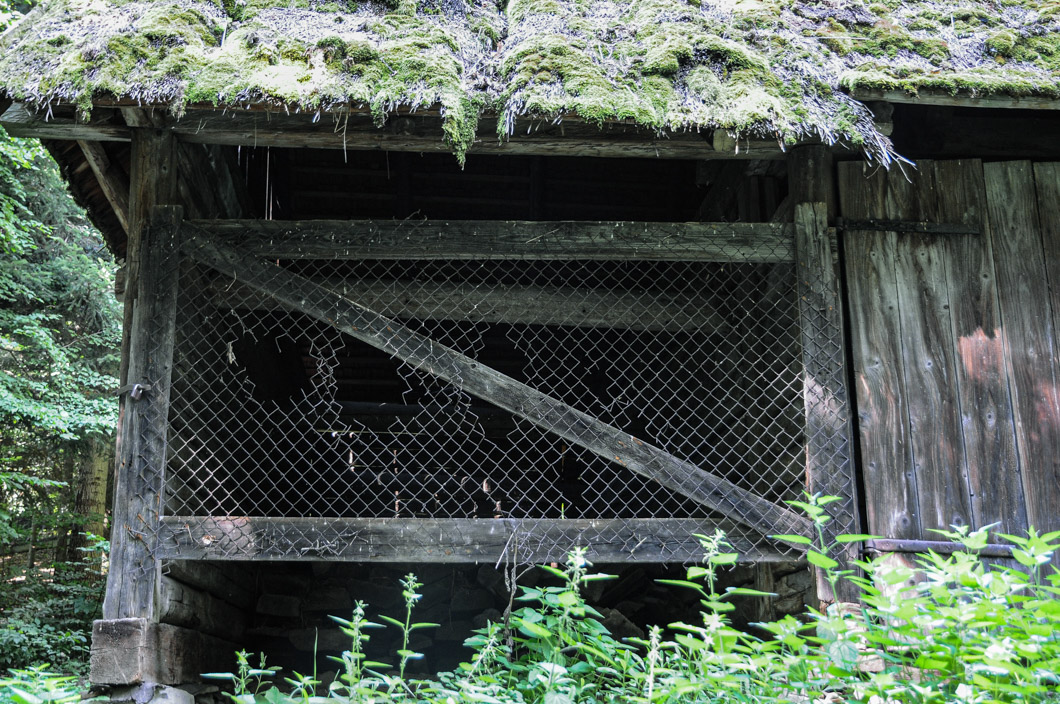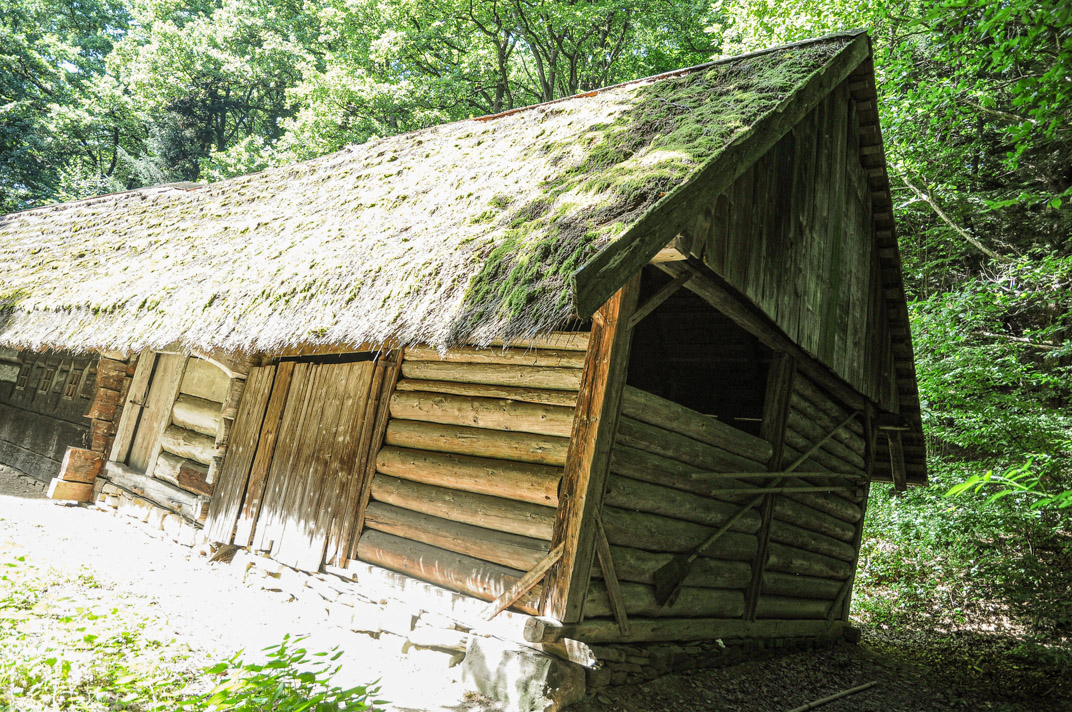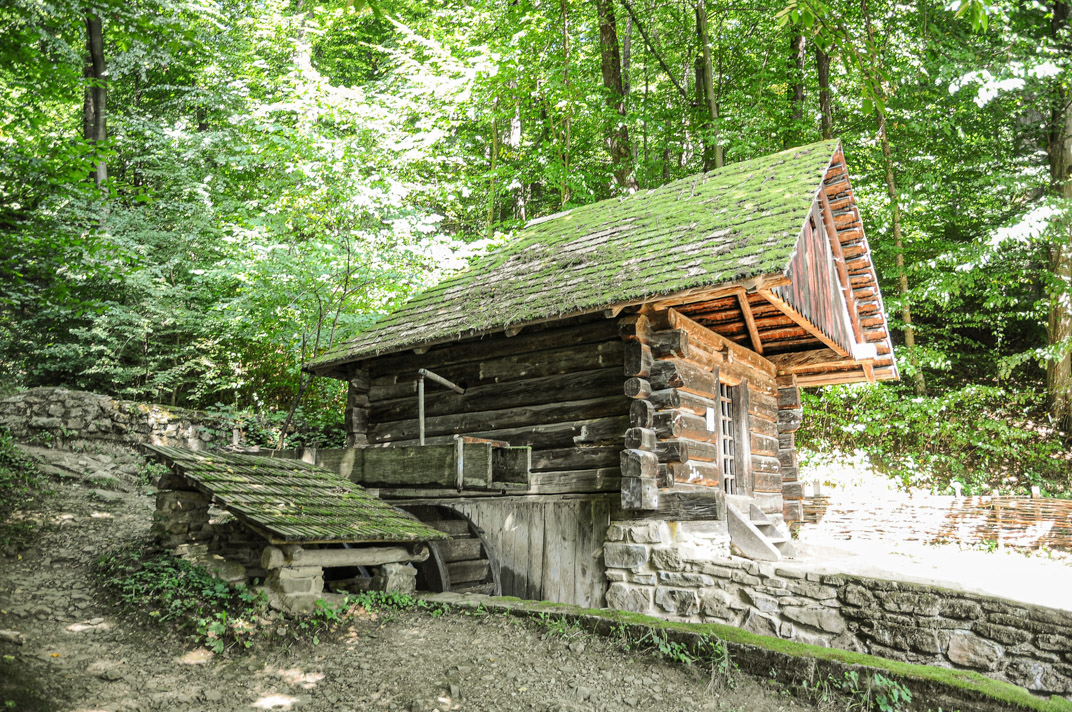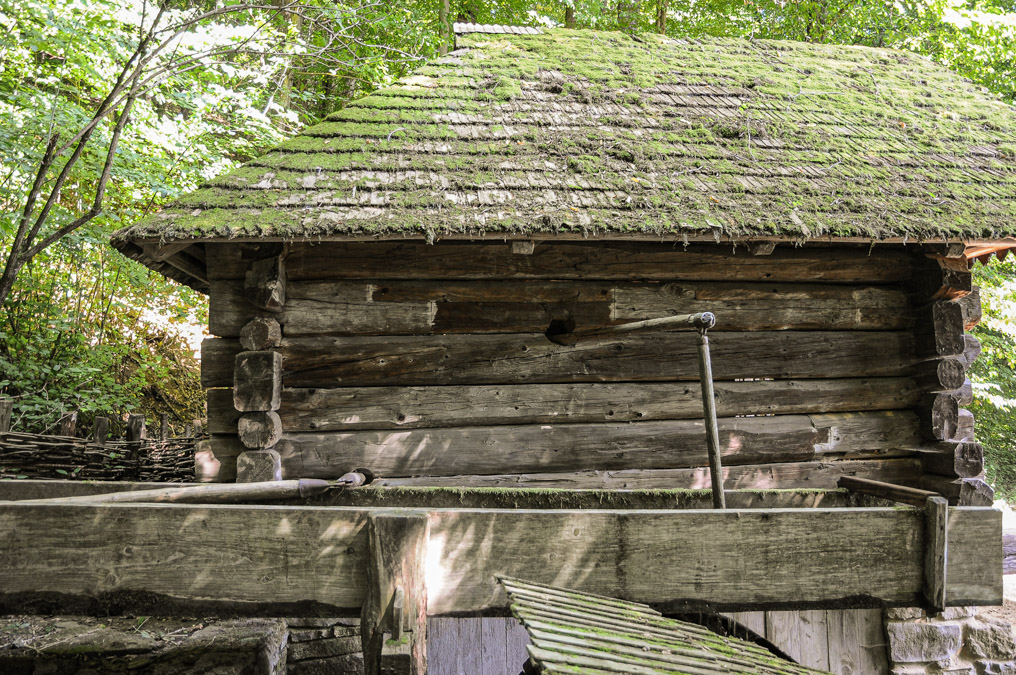
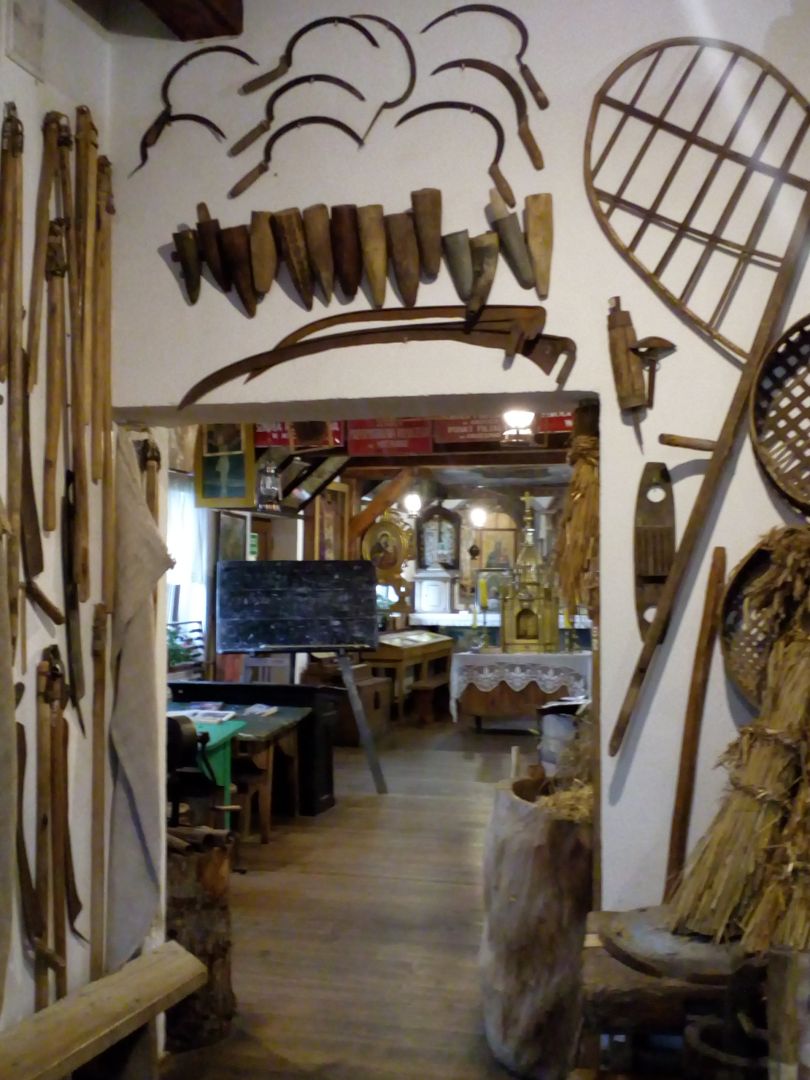
Boykos usually built their settlements in the mountains along streams away from trade routes and city centers. The lands they inhabited were difficult to cultivate, and the harsh and long winters meant that they often lacked food. Thanks to courage, hard work, perseverance and the ability to live in harmony with nature, they survived in the wild and inaccessible areas of the Bieszczady Mountains. In the Geographical Dictionary of the Kingdom of Poland, published in the years 1880–1902, we find the following entry: "Why was this borderland populated far later and it was only then that it had to be populated [...]. The original inhabitants, then, felt no need, having enough of the fertile soil in the valleys, to advance into the unused mountains. Our people do not have the courage to fight against nature […] ”.
Being descendants of Wallachian shepherds, they developed specialized alpine pastoralism. Oxen, cows and sheep grazed in the meadows and pastures, and in the forests also pigs and goats. Interestingly, Boykos did not have horse breeding skills until the 19th century, and oxen were used as draft animals.
For these Bieszczady highlanders, cattle was the main source of income. They traded in livestock, incl. at fairs in Lutowiska, Baligród, Smor, Turka and Skole.
Shepherding alone was not enough to survive in the harsh climate of the Bieszczady Mountains. Boykos had to use everything that the surrounding nature had to offer. That is why they dealt with wood craftsmanship, among others cooperage, coal firing or sieve making. They also found employment in landowners' sawmills, breweries and potash houses (producing potash, i.e. potassium carbonate), until the interwar period, Boykos produced beech oil (beech nut), which today is a kitchen delicacy and can still be bought in the Bieszczady Mountains. The treasury of nature, which the forest was for them, also gave them food: mushrooms, herbs, berries and other forest fruits.
Boykos, living far from people, became self-sufficient, they could only rely on what they produced and bred themselves. In order to feed their families, they grew spring varieties of cereal plants in their fields, the basic of which were oats, barley and, in small amounts, rye and wheat. Cabbage, beetroot and swede as well as broad beans, beans and garlic are also hayed. Flax and hemp were grown for their own needs, which were used to produce oil and were the raw material for weaving. Boyko women made raw linen for their own needs, and warm woolen cloth from sheep's wool. Clothes prepared in this way were made for the whole family.
